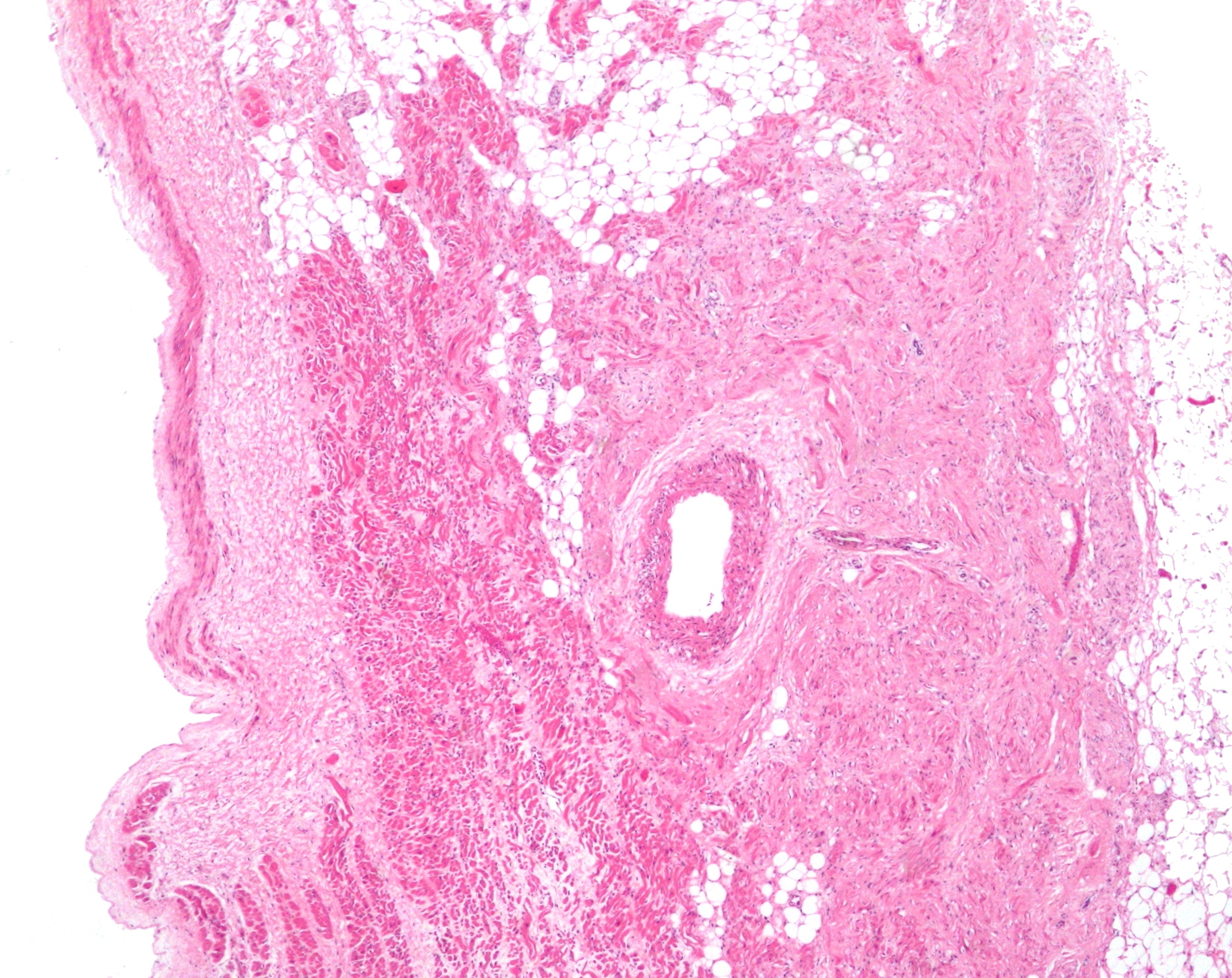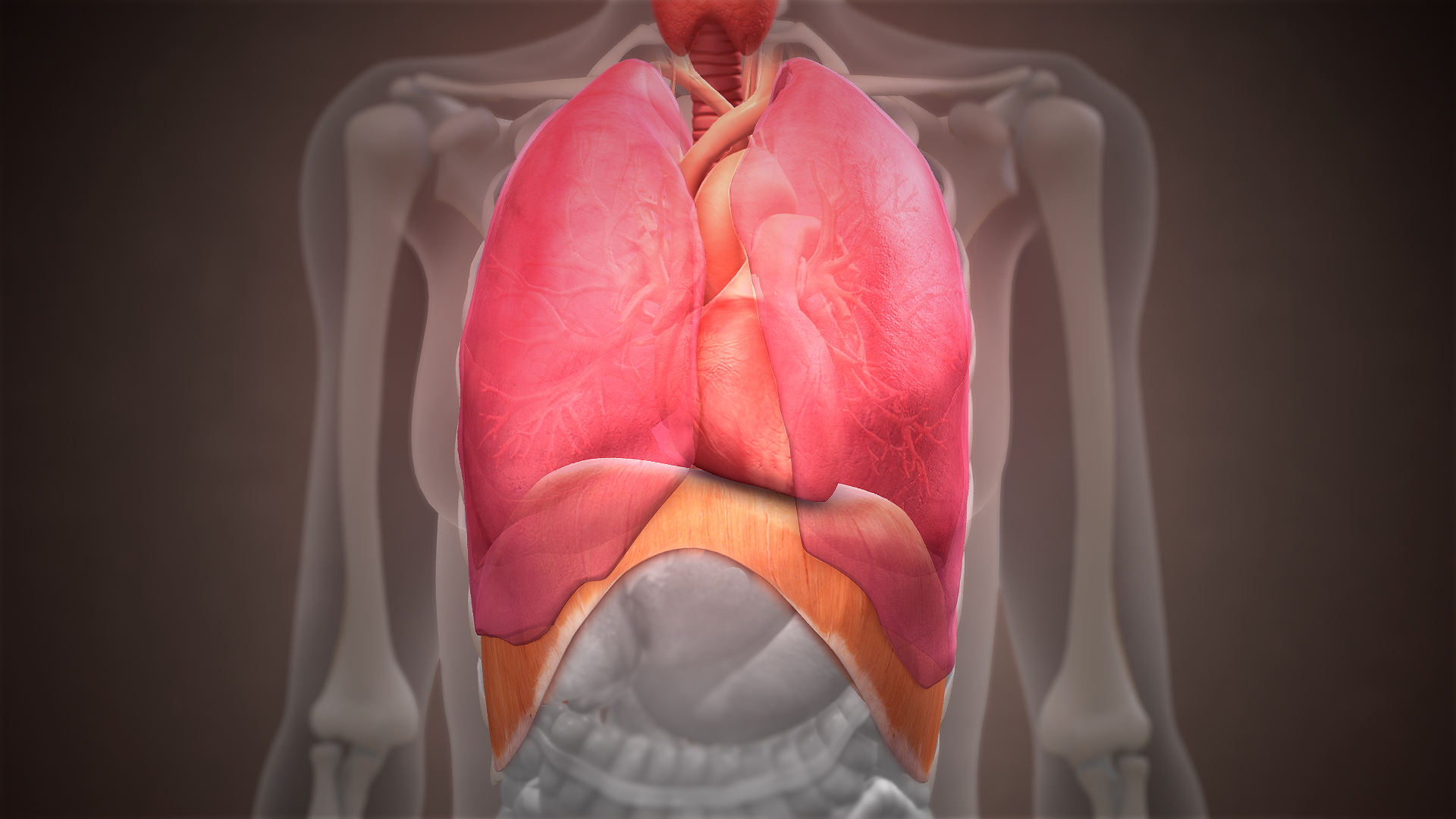|
Respiratory Sinus Arrhythmia
Vagal tone is activity of the vagus nerve (the 10th cranial nerve) and a fundamental component of the parasympathetic branch of the autonomic nervous system. This branch of the nervous system is not under conscious control and is largely responsible for the regulation of several body compartments at rest. Vagal activity results in various effects, including: heart rate reduction, vasodilation/constriction of vessels, glandular activity in the heart, lungs, and digestive tract, liver, immune system regulation as well as control of gastrointestinal sensitivity, motility and inflammation. In this context, tone specifically refers to the continual nature of baseline parasympathetic action that the vagus nerve exerts. While baseline vagal input is constant, the degree of stimulation it exerts is regulated by a balance of inputs from sympathetic and parasympathetic divisions of the autonomic nervous system, with parasympathetic activity generally being dominant. Vagal tone is frequen ... [...More Info...] [...Related Items...] OR: [Wikipedia] [Google] [Baidu] |
Vagus Nerve
The vagus nerve, also known as the tenth cranial nerve (CN X), plays a crucial role in the autonomic nervous system, which is responsible for regulating involuntary functions within the human body. This nerve carries both sensory and motor fibers and serves as a major pathway that connects the brain to various organs, including the heart, lungs, and digestive tract. As a key part of the parasympathetic nervous system, the vagus nerve helps regulate essential involuntary functions like heart rate, breathing, and digestion. By controlling these processes, the vagus nerve contributes to the body's "rest and digest" response, helping to calm the body after stress, lower heart rate, improve digestion, and maintain homeostasis. The vagus nerve consists of two branches: the right and left vagus nerves. In the neck, the right vagus nerve contains approximately 105,000 fibers, while the left vagus nerve has about 87,000 fibers, according to one source. However, other sources report sl ... [...More Info...] [...Related Items...] OR: [Wikipedia] [Google] [Baidu] |
Sinoatrial Node
The sinoatrial node (also known as the sinuatrial node, SA node, sinus node or Keith–Flack node) is an ellipse, oval shaped region of special cardiac muscle in the upper back wall of the right atrium made up of Cell (biology), cells known as pacemaker cells. The sinus node is approximately 15 millimetre, mm long, 3 mm wide, and 1 mm thick, located directly below and to the side of the superior vena cava. These cells produce an Action potential, electrical impulse known as a cardiac action potential that travels through the electrical conduction system of the heart, causing it to muscle contraction, contract. In a healthy heart, the SA node continuously produces action potentials, setting the rhythm of the heart (sinus rhythm), and so is known as the heart's cardiac pacemaker, natural pacemaker. The rate of action potentials produced (and therefore the heart rate) is influenced by the nerves that supply it. Structure The sinoatrial node is an Ellipse, oval-shaped structure that ... [...More Info...] [...Related Items...] OR: [Wikipedia] [Google] [Baidu] |
RSA Neonatal ECG+RESP+HR
RSA may refer to: Organizations Academia and education * Rabbinical Seminary of America, a yeshiva in New York City * Regional Science Association International (formerly the Regional Science Association), a US-based learned society * Renaissance Society of America, a scholarly organization based in New York City * Rhetoric Society of America, an academic organization for the study of rhetoric *Royal Scottish Academy, a Scottish institute of the Arts *Royal Society of Arts, a British charitable organisation, formally the Royal Society for the Encouragement of Arts, Manufactures and Commerce Military *Redstone Arsenal, a United States Army post adjacent to Huntsville, Alabama *Royal New Zealand Returned and Services' Association, an organization for the welfare of veterans of New Zealand's military *Royal School of Artillery, a British Army training establishment for artillery warfare * Royal Signals Association, an organization for serving and retired members of the Royal Corps of ... [...More Info...] [...Related Items...] OR: [Wikipedia] [Google] [Baidu] |
Venous Return Curve
Venous return is the rate of blood flow back to the heart. It normally limits cardiac output. Superposition of the cardiac function curve and venous return curve is used in one hemodynamic model. __TOC__ Physiology Venous return (VR) is the flow of blood back to the heart. Under steady-state conditions, venous return must equal cardiac output (Q), when averaged over time because the cardiovascular system is essentially a closed loop. Otherwise, blood would accumulate in either the systemic or pulmonary circulations. Although cardiac output and venous return are interdependent, each can be independently regulated. The circulatory system is made up of two circulations (pulmonary and systemic) situated in series between the right ventricle (RV) and left ventricle (LV). Balance is achieved, in large part, by the Frank–Starling mechanism. For example, if systemic venous return is suddenly increased (e.g., changing from upright to supine position), right ventricular preload increas ... [...More Info...] [...Related Items...] OR: [Wikipedia] [Google] [Baidu] |
Exhalation
Exhalation (or expiration) is the flow of the breathing, breath out of an organism. In animals, it is the movement of air from the lungs out of the airways, to the external environment during breathing. This happens due to elastic properties of the lungs, as well as the internal intercostal muscles which lower the rib cage and decrease thoracic volume. As the thoracic diaphragm relaxes during exhalation it causes the tissue it has depressed to rise superiorly and put pressure on the lungs to expel the air. During Hyperpnea, forced exhalation, as when blowing out a candle, expiratory muscles including the abdominal muscles and internal intercostal muscles generate abdominal and thoracic pressure, which forces air out of the lungs. Exhaled air is 4% carbon dioxide, a waste product of cellular respiration during the production of energy, which is stored as Adenosine triphosphate, ATP. Exhalation has a complementary relationship to inhalation which together make up the respirator ... [...More Info...] [...Related Items...] OR: [Wikipedia] [Google] [Baidu] |
Baroreceptor
Baroreceptors (or archaically, pressoreceptors) are stretch receptors that sense blood pressure. Thus, increases in the pressure of blood vessel triggers increased action potential generation rates and provides information to the central nervous system. This sensory information is used primarily in autonomic reflexes that in turn influence the heart cardiac output and vascular smooth muscle to influence vascular resistance. Baroreceptors act immediately as part of a negative feedback system called the baroreflex as soon as there is a change from the usual mean arterial blood pressure, returning the pressure toward a normal level. These reflexes help regulate short-term blood pressure. The solitary nucleus in the medulla oblongata of the brain recognizes changes in the firing rate of action potentials from the baroreceptors, and influences cardiac output and systemic vascular resistance. Baroreceptors can be divided into two categories based on the type of blood vessel in whic ... [...More Info...] [...Related Items...] OR: [Wikipedia] [Google] [Baidu] |
Diaphragmatic Breathing
Diaphragmatic breathing, abdominal breathing, belly breathing, or deep breathing, is a breathing technique that is done by contracting the Thoracic diaphragm, diaphragm, a muscle located horizontally between the thoracic cavity and abdominal cavity. Air enters the lungs as the diaphragm strongly contracts, but unlike traditional relaxed breathing (''eupnea'') the intercostal muscles of the chest do minimal work in this process. The belly also expands during this type of breathing to make room for the contraction of the diaphragm. See also *Breath *Buteyko method *Circular breathing *Kussmaul breathing *Pranayama – a traditional Yogic practice of slowing and extending the breaths, used during meditation *Shallow breathing – a type of breathing that is mutually exclusive to diaphragmatic breathing and is associated with multiple anxiety disorders *Wim Hof, Wim Hof method *Complete breathing References {{Meditation Respiration ... [...More Info...] [...Related Items...] OR: [Wikipedia] [Google] [Baidu] |
Thoracic Diaphragm
The thoracic diaphragm, or simply the diaphragm (; ), is a sheet of internal Skeletal striated muscle, skeletal muscle in humans and other mammals that extends across the bottom of the thoracic cavity. The diaphragm is the most important Muscles of respiration, muscle of respiration, and separates the thoracic cavity, containing the heart and lungs, from the abdominal cavity: as the diaphragm contracts, the volume of the thoracic cavity increases, creating a negative pressure there, which draws air into the lungs. Its high oxygen consumption is noted by the many mitochondria and capillaries present; more than in any other skeletal muscle. The term ''diaphragm'' in anatomy, created by Gerard of Cremona, can refer to other flat structures such as the urogenital diaphragm or Pelvic floor, pelvic diaphragm, but "the diaphragm" generally refers to the thoracic diaphragm. In humans, the diaphragm is slightly asymmetric—its right half is higher up (superior) to the left half, since th ... [...More Info...] [...Related Items...] OR: [Wikipedia] [Google] [Baidu] |
Inhalation
Inhalation (or inspiration) happens when air or other gases enter the lungs. Inhalation of air Inhalation of air, as part of the cycle of breathing, is a vital process for all human life. The process is autonomic (though there are exceptions in some disease states) and does not need conscious control or effort. However, breathing can be consciously controlled or interrupted (within limits). Breathing allows oxygen (which humans and a lot of other species need for survival) to enter the lungs, from where it can be absorbed into the bloodstream. Other substances – accidental Examples of accidental inhalation includes inhalation of water (e.g. in drowning), smoke, food, vomitus and less common foreign substances (e.g. tooth fragments, coins, batteries, small toy parts, needles). Other substances – deliberate Recreational use Nitrous oxide ("laughing gas") has been used recreationally since 1899 for its ability to induce euphoria, hallucinogenic states and relaxa ... [...More Info...] [...Related Items...] OR: [Wikipedia] [Google] [Baidu] |
Carl Ludwig
Carl Friedrich Wilhelm Ludwig (; 29 December 1816 – 23 April 1895) was a German physician and physiologist. His work as both a researcher and teacher had a major influence on the understanding, methods and apparatus used in almost all branches of physiology. In 1842, Ludwig became a professor of physiology and in 1846 of comparative anatomy. From professorships in Zurich and Vienna he went in 1865 to the University of Leipzig and developed there the Physiological Institute, designated today after him: Carl Ludwig Institute of Physiology.Current website of the Carl-Ludwig-Institute of Physiology http://cliphys.uniklinikum-leipzig.de/ Ludwig researched several topics such as the physiology of blood pressure, urinary excretion, and anesthesia. He received the Copley Medal in 1884 for his research. In 1869, he was elected a foreign member of the Royal Swedish Academy of Sciences. He is credited for inventing the stromuhr. Since 1932, the Carl Ludwig Honorary Medal is awarded b ... [...More Info...] [...Related Items...] OR: [Wikipedia] [Google] [Baidu] |
Ion Channel
Ion channels are pore-forming membrane proteins that allow ions to pass through the channel pore. Their functions include establishing a resting membrane potential, shaping action potentials and other electrical signals by Gating (electrophysiology), gating the flow of ions across the cell membrane, controlling the flow of ions across secretion, secretory and epithelial cells, and regulating cell (biology), cell volume. Ion channels are present in the membranes of all cells. Ion channels are one of the two classes of ionophore, ionophoric proteins, the other being ion transporters. The study of ion channels often involves biophysics, electrophysiology, and pharmacology, while using techniques including voltage clamp, patch clamp, immunohistochemistry, X-ray crystallography, fluoroscopy, and RT-PCR. Their classification as molecules is referred to as channelomics. Basic features There are two distinctive features of ion channels that differentiate them from other types of ion ... [...More Info...] [...Related Items...] OR: [Wikipedia] [Google] [Baidu] |





